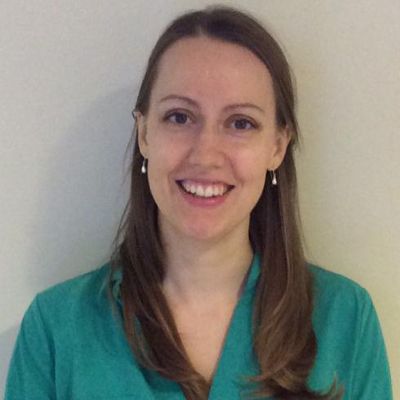
The UHN Interprofessional Skin Health Committee. (Photo: UHN)
"Skin is the largest organ of the body."
That's how Wynne de Jong, Director of Profession Practice and Collaborative Academic Practice (CAP)/UHN Skin Health Sponsor, describes UHN's commitment to skin health and why it's a practice priority for the CAP portfolio.
"Optimal skin health is a patient safety and quality of care priority and, in congruence with falls prevention, pain management, and management of delirium, looks at best practices related to assessment, management and prevention, safe mobility and adequate nutrition," Wynne says.
When a person's health is compromised, skin health can be impacted in a variety of ways, making ongoing management challenging, especially for patients with ostomies, which are surgically created openings in the body for the discharge of body wastes. Patients with new or pre-existing ostomies are admitted to inpatient units across UHN.
Kerry Ransom, a Registered Nurse (RN) on the Multi-Organ Transplant (MOT) Unit, knows from personal experience how difficult skin care can be in the area of an ostomy device. Not only can an ostomy contribute to skin breakdown and painful wounds, but it can be an emotionally challenging experience that adversely impacts a patient's overall mental health and wellness.
"Ostomy care requires specialized knowledge and expertise to properly manage," Kerry explains. "Not all nurses have hands-experience in this area, which can make it an enormous challenge for our patients.
"Because I was frequently called to help with ostomy care, I knew the opportunity to develop ostomy education material for patients and health care providers through the CAP Fellowship would be invaluable."
In order to more effectively place patients at the centre of care, Kerry used protected time and resources granted through the
CAP Fellowship and developed an education program to help nurses on the MOT Unit improve their ostomy care skills.

Wynne de Jong, co-chair of the UHN Interprofessional Skin Health Committee, notes “skin is the largest organ of the body.” (Photo: UHN)
Using a best practice poster, in-service teaching, roll-playing and incorporating it into weekly wound care rounds, pre and post surveys show Kerry was able to make a tangible impact on the skill set of nurses, while also growing their confidence in teaching patients the best practices for care.
"One of the most practical skin health tasks we can do is assist patients in learning the best care for their ostomy," says Kerry. "It's a natural thing we can do at the bedside and it provides a better experience in hospital and better prepares them for home."
While Kerry's fellowship wrapped up in March, her effort to make patients partners in care has paid off for nurses and patients alike.
"The nursing staff is now more knowledgeable at the Toronto General regarding colostomy care," shared the mother of a patient. "Nurses on the floor where my daughter usually stays overnight were not exposed to ostomy care very often, and since I stay overnight with her, I was usually the one teaching them."

Kerry Ransom, a Registered Nurse on the Multi-Organ Transplant Unit, developed an education program to help nurses on the unit improve their care skills with ostomies, which are surgically created openings in the body for the discharge of body wastes. (Photo: UHN)
At UHN, Skin Health strategic leadership is supported by the UHN Interprofessional Skin Health Committee , chaired by Wynne de Jong and Paula Cripps-McMartin, Clinical Director, E.W. Bickle Centre for Complex Continuing Care. Kerry recently presented her work to the Committee and has plans to disseminate her education program across UHN to enhance patient-centred ostomy care across the continuum.
Skin health is frequently measured through Pressure Ulcer incidence and prevalence rates on program dashboards. There are a host of valuable inter-professional tools, skin and wound care practitioners, and wound care champions within Collaborative Academic Practice.
